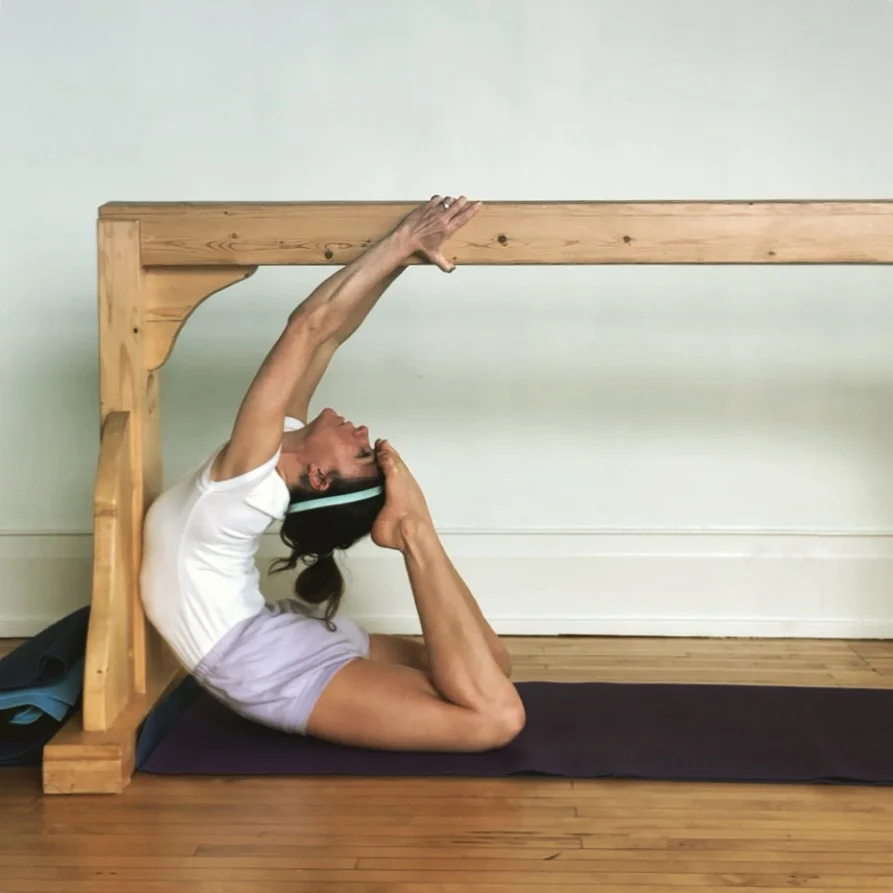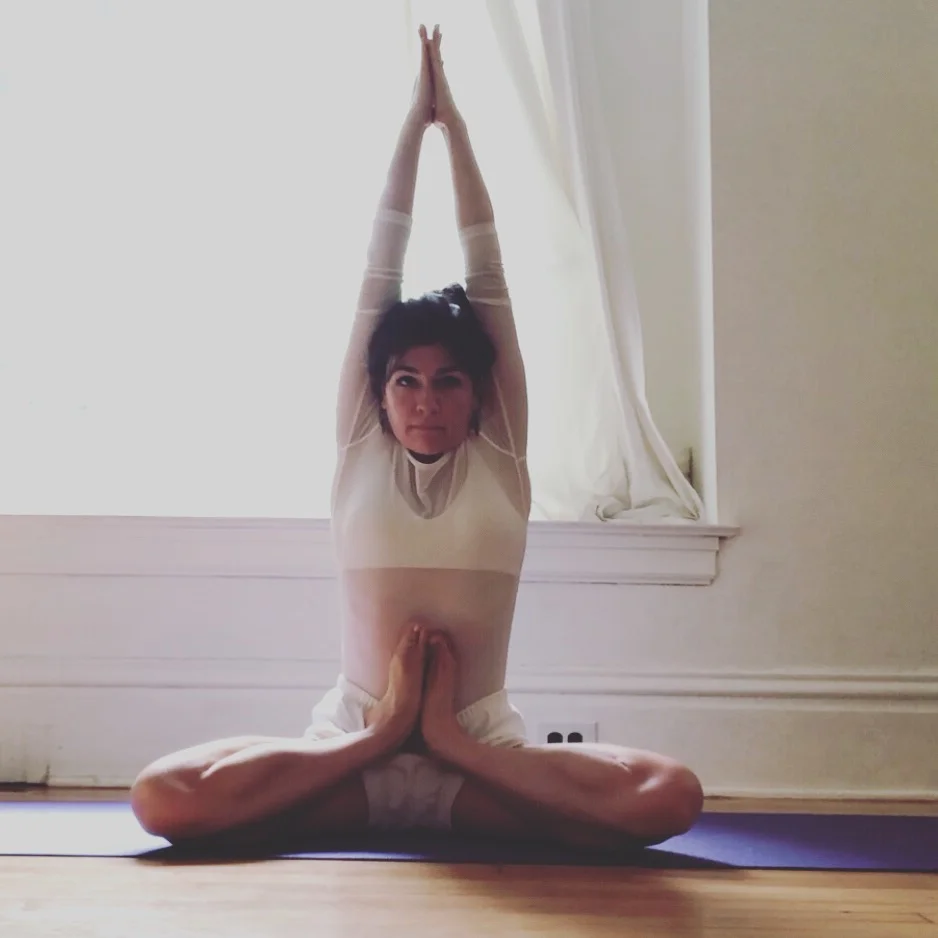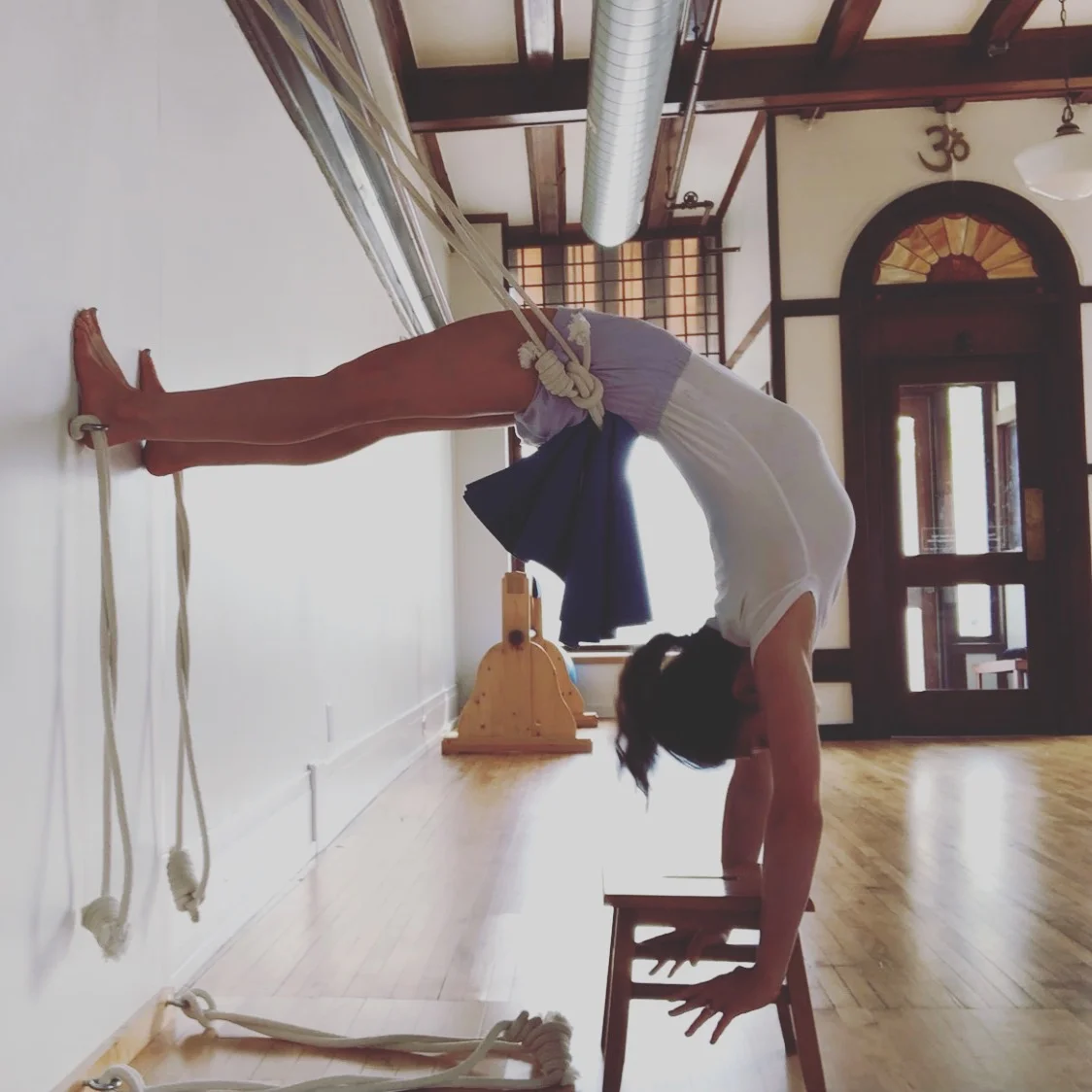“When we are self-conscious, we cannot be wholly aware; we must throw ourselves out first. This throwing ourselves away is the act of creativity. So, when we wholly concentrate, like a child in play, or an artist at work, then we share in the act of creating. We not only escape time, we also escape our self-conscious selves....” Madeleine L’Engle
“The most important thing is practice in daily life that is how we can gradually get to know the true value of whatever teaching we follow.
What we need is a good heart, a disciplined mind and a healthy body. We will not transform ourselves merely by making wishes, but through working hard over a long period of time.” The Dalai Lama, in the Foreword to “Core of the Yoga Sūtras” by B.K.S. Iyengar.










